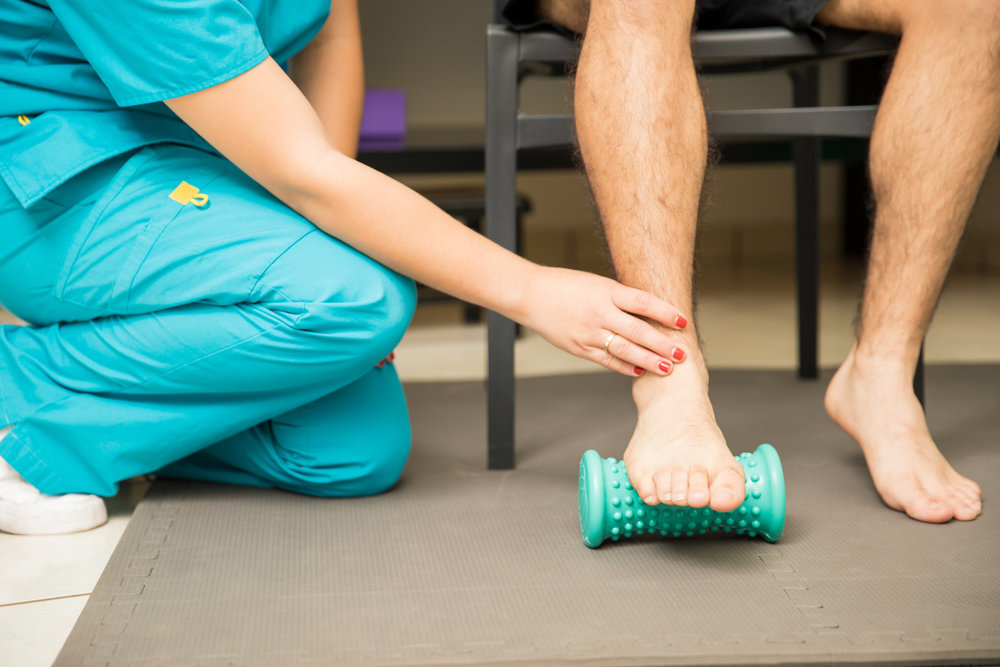Understanding Plantar Fasciitis Causes and Symptoms: Beat Heel Pain
Overview
A common foot disorder known as plantar fasciitis damages the thick band of tissue called the plantar fascia, which runs across the sole of your foot and links your heels to your toes. Especially in the first steps of the day, it sometimes results in heel-stabbing pain. Although daily activities and quality of life may be affected by this disorder, knowledge of its causes and symptoms will enable efficient management and prevention of it. Many times, Plantar fasciitis treatment begins with a sound knowledge of the disorder and looking for appropriate treatment.
Symptoms
Plantar fasciitis typically causes intense distress at the bottom of the heels. This pain is usually highest in the morning or during periods of inactivity, including long stretches of sitting or standing. The discomfort may lessen as the day goes on and the foot loosens out, but it may resurface during long stretches of standing or vigorous exercise. With stiffness and a burning sensation around the bottom of the foot, Engaging in Physio for Plantar Fasciitis can significantly help alleviate these symptoms and improve mobility.
Causes
Plantar fasciitis results from an inflammatory or hurting plantar fascia. This can result from several factors:
Overuse: Plantar fasciitis can result from activities such as long-distance running, ballet, and aerobics that tax the heel and associated tissue excessively.
Foot Mechanics: Unnatural walking patterns, flat feet, or high arches can all impact weight distribution while standing, underscoring the plantar fascia.
Obesity: Extra weight pulls the plantar fascia, which increases inflammation risk.
Age: Plantar fasciitis most often strikes those between the ages of 40 and 60.

Risk Factors
Your risk of acquiring plantar fasciitis might be raised by several elements, including:
Certain Types of Exercise: High-impact exercises that strain your heel and related tissue heavily can help cause plantar fasciitis to start sooner.
Occupation: The plantar fascia may be particularly stressed in jobs that require prolonged standing, such as those of manufacturers, instructors, and medical professionals.
Improper Footwear: Unsuitable support from shoes could induce plantar fasciitis to evolve.
Genetics: Wearing shoes without enough support could cause plantar fasciitis to start.
Ignoring plantar fasciitis may result in chronic heel pain that hinders your regular activities. Changing the way you walk to relieve plantar fasciitis pain might lead to foot, knee, hip or back problems.
PhysioTherapy Treatment
Physiotherapy is proven to decrease pain, aid in recovery, and deal with both acute and chronic issues with the foot.
Physio for Plantar Fasciitis
The Physiotherapist at MyoHealth specialises in Plantar Fasciitis, as this was the subject of her research study while she was working towards her Master's in Physiotherapy. Orthotics can also be useful for improving an alignment of the foot.
Who does Plantar Fasciitis affect?
All foot types are prone to plantar fasciitis, including folks with high arches and those with what we call flat feet. The condition is common in middle-aged and older patients. It is also common in patients who walk or stand on hard surfaces a lot. It disproportionately affects those who are overweight.
What are the types of plantar fasciitis?
There are two types of plantar fasciitis — acute and chronic.
- Acute: The condition can be triggered by a specific injury, this is also called an acute type.
- Chronic: There is also a chronic type also known as the classic case of plantar fasciitis which becomes worse over time.
What are the symptoms of plantar fasciitis?
Common symptoms include mild pain on the bottom of the heel, especially when taking your first steps of the day. Often, symptoms improve only to worsen later in the day. This happens due to over-stressing of the plantar fascia causing a chronic healing response at the attachment to the bone that may remain sore for months.
What causes Plantar fasciitis?
Like many degenerative conditions, it is caused by wear and tear of the fibers of the fascia. One of the most common causes, is a strain to the tissue due to a specific activity combined with improper or inadequate flexibility of the Achilles tendon and the calf muscle. Other causes include a pinched nerve in the heel region, thinning of the heel fat pad, or a stress fracture of the heel bone.
When should you see the physiotherapist?
If the pain was caused by a specific episode or injury and doesn’t improve within a week of resting and icing the area, you should seek help. Since most cases are chronic, and the pain appears gradually and begins to worse over time, when your quality of life begins to suffer despite taking time to rest, stretch and ice the area see a physiotherapist. She will will take a history of your symptoms and your past medical conditions, examine your foot and leg to rule out any other possible causes for the pain.
How long does the treatment take?
The amount of time taken to heal each condition is unique depending on unique and individual factors. Usually within in 4-6 weeks time, measurable result in terms of reduction of pain and general uneasiness can be observed.


